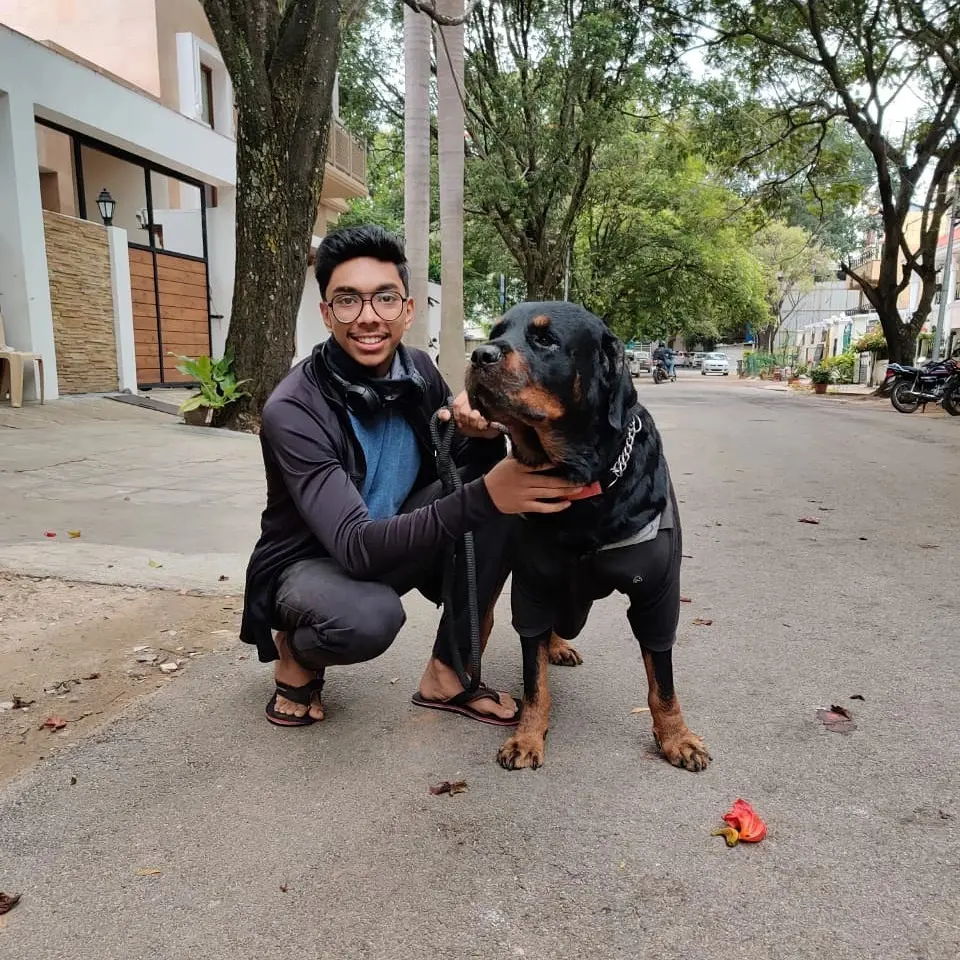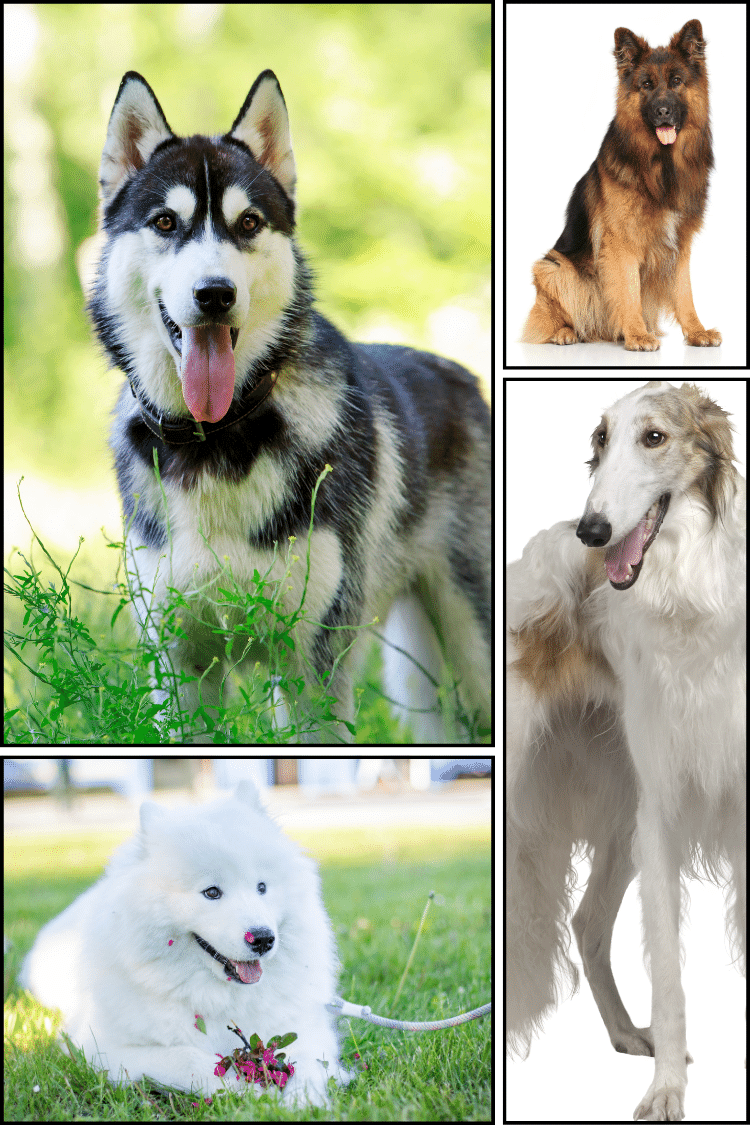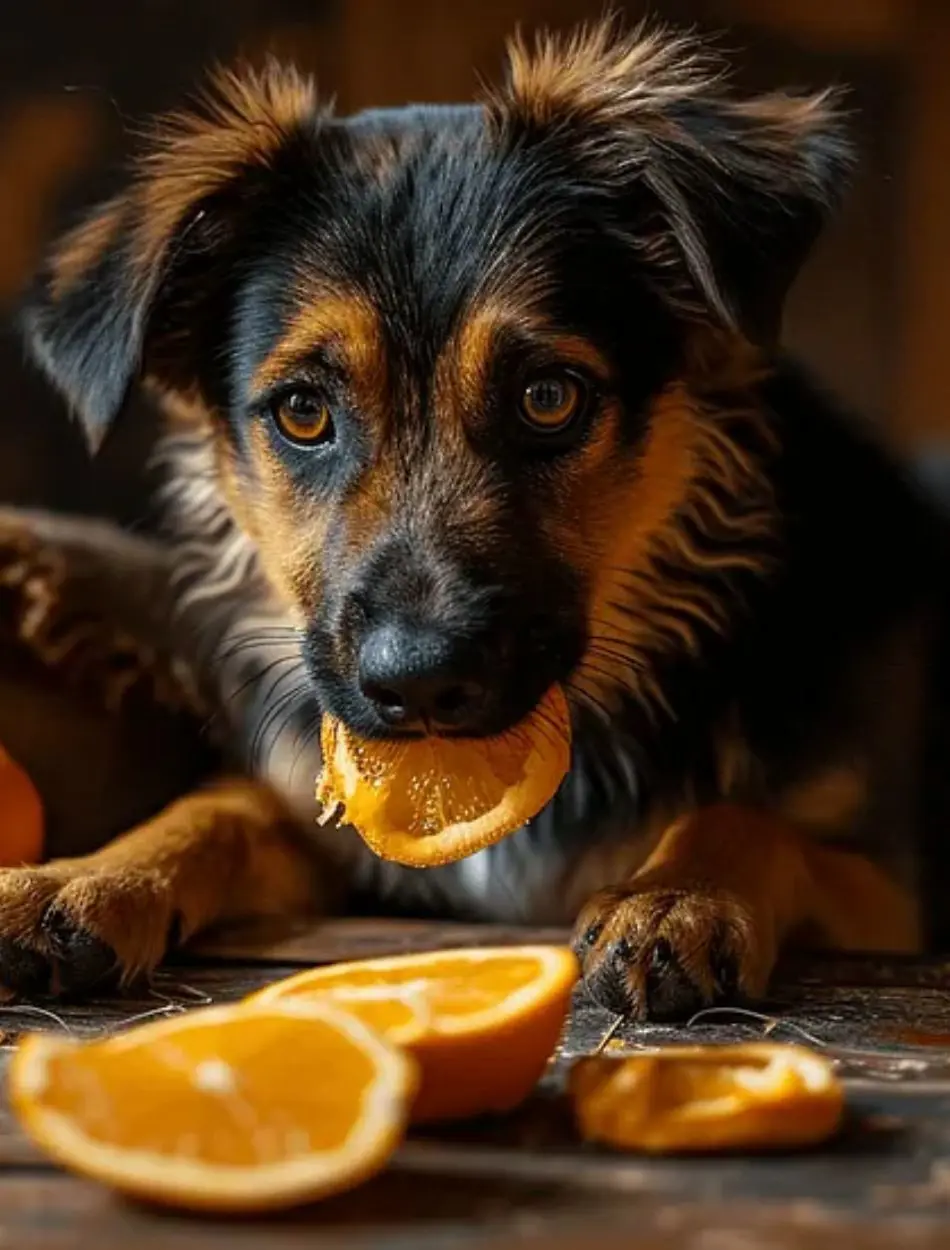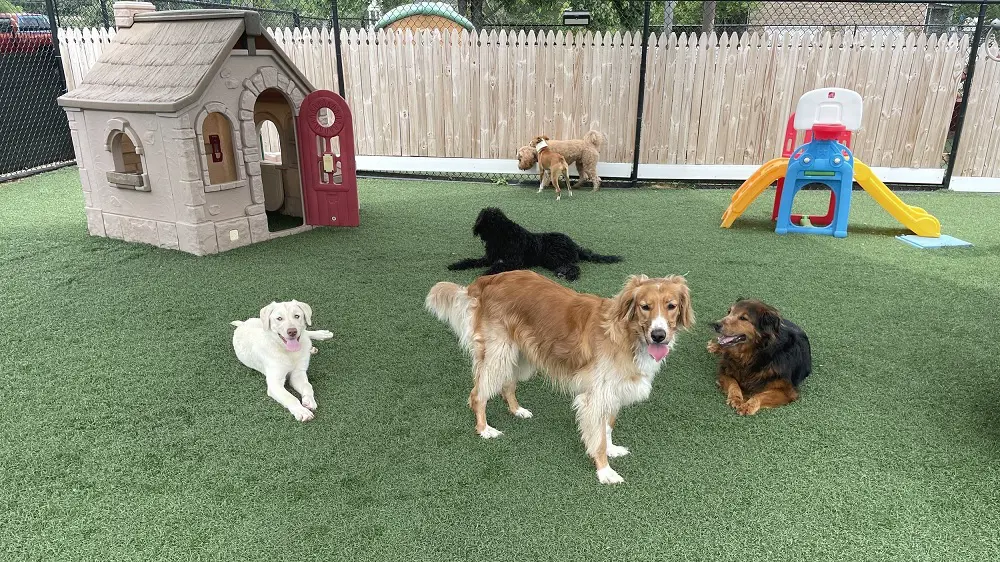Kangal Shepherd Dog Breed And Characteristics
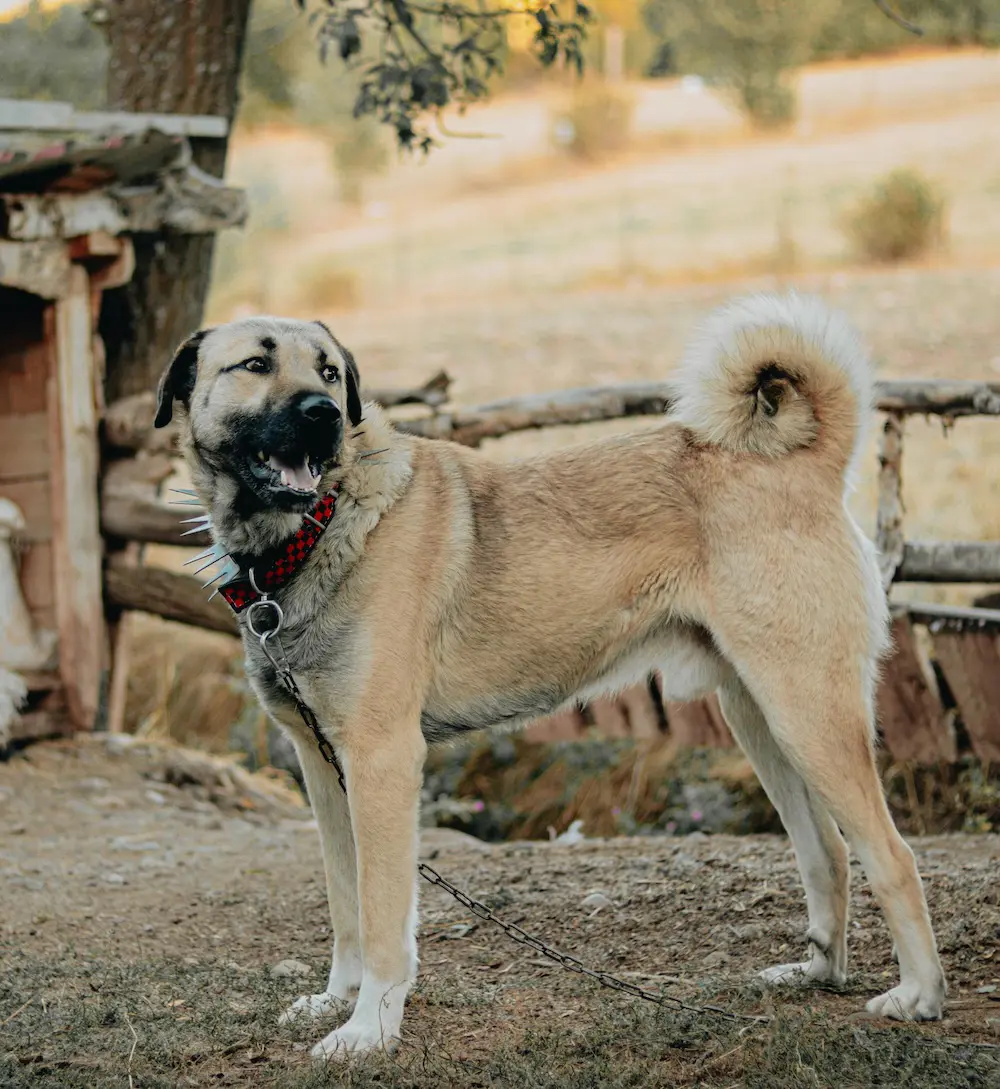
The Kangal Shepherd, also known as the Kangal dog or Anatolian Shepherd, is a large and powerful breed of dog. Bred as a livestock guardian dog in Turkey, this breed is known for its protective instincts.
Huge in size yet gentle and affectionate, this breed has served mankind for a huge number of years. Here, we dive into detail, we learn everything about its appearance, characteristics and much more.
Kangal Shepherd Breed Overview
- Height: 25 to 30 inches
- Weight: 80 to 120 pounds
- Lifespan: 11 to 13 years
- Colors: Biscuit and white, Brindle, Fawn, Blue/ Gray/ Red Fawn, Liver, White
- Markings: Black mask, Brown mask, Dutch markings, Pinto, Silver mask
- Personality/ Temperament: Protective, loyal and independent
- Kid Friendly: Yes
- Other Pets Friendly: Only on proper training
History
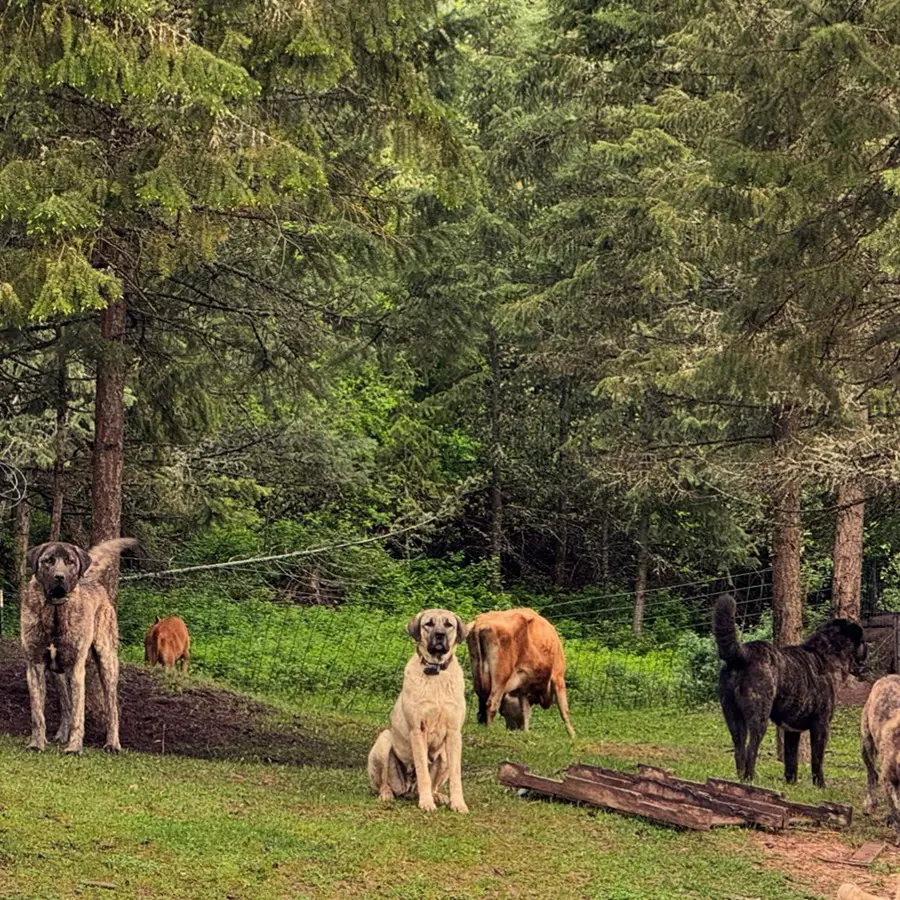
Kangal shepherds originated from the Anatolian region of Turkey, so they are also called Anatolian Shepherds or Anatolian Karabash. They were developed as one of the several livestock guardian dog breeds in the Anatolian Peninsula.
As a livestock guardian, their primary role was to protect livestock, primarily sheep and goats. They would efficiently fight with predators like wolves, bears, and jackals back then. Their efficient role in protecting the livestock made them popular in Turkey over the years. The breed also gained recognition internationally.
As of now, the breed's pure bloodlines are preserved and promoted by various organizations like the Kangal Çoban Köpeği Association in Turkey. They are still used as livestock guardians in rural Turkey increasingly around the world.
They are not considered only as excellent guardian dogs but also as a perfect companion because of their loyalty and affectionate nature.
Characteristics Ratings Of Kangal Shepherd
Here, we have rated the characteristics of Kangal Shepherds out of 5:
| Characteristic | Rating |
| Protectiveness | 5/5 |
| Intelligence | 4/5 |
| Loyalty | 5/5 |
| Gentleness | 3/5 |
| Aggressiveness | 3/5 |
| Energy Level | 4.5/5 |
| Trainability | 3/5 |
Temperament And Intelligence
Contradictory to the large size of Kangal shepherds, the calm and gentle temperament of this breed can be really fascinating. The temperament of these breeds is briefly described below:
Protective
Kangal shepherds were bred for their strong protective instincts. They are eager to protect their territory. In a course, they will actively patrol and protect the livestock they are assigned to guard.
Their large size is alone enough to deter the potential threats. Initially, they display aggressive behaviors to warn the threat to stay away and upon need, they can be involved in a physical attack.
Highly Alert
Their guarding instinct makes them constantly vigilant and alert. They always keep an eye out for potential threats and try to provide safety to individuals they are concerned about.
Loyal
They are capable of forming a deep emotional connection with their partners and owners. They often respond accordingly to the moods and emotions of their owner. When they become a part of a human family, they show affectionate and gentle nature and the bond only grows stronger with time.
Independent
Kangal shepherds are known for their independence. They worked alone for extended periods when they worked as shepherds in Turkey. They don't require a human companion to do their jobs; and during the isolation period, they completely focus on their responsibilities.
This temperament also allows Kangal Shepherds to independently handle tough situations.
Gentle
Don't get confused with the huge, muscular structure of kangal! They are way too sensitive. They exhibit empathy and are sensitive to the emotions and needs of their owners.
When they are away from threats, they are calm and relaxed and are gentle to everyone. In this scenario, their interactions are predictable and reliable.
Confident
Kangal shepherds are confident of what they are doing. They can not be intimidated easily. If such conditions appear, they don't walk away. Rather, they get calculative and face the situation without fear. They can easily knock down large predators like wolves and bears.
Quick Learners
They can easily learn commands and behaviors. They are obedient to their trainers and responsive to positive reinforcement. So, if you want to train them, be ready to reward them with treats to make them motivated and interested in the training sessions.
Good Decision Makers
They have good problem-solving skills. That's what makes them good protectors of the livestock. They are self-reliant, especially in the cases where they need to protect their flock and bring them home safely.
Adaptable
Kangal shepherds are well adapted to the harsh and rugged landscapes of their native Anatolian region. They can easily adapt to extreme temperatures, rough terrains, and changing weather conditions.
Keen Senses
They have an excellent sense of sight and hearing. Their keen ability to perceive potential threats including predators is what makes them a perfect guard dog.
Puppies of Kangal Shepherd
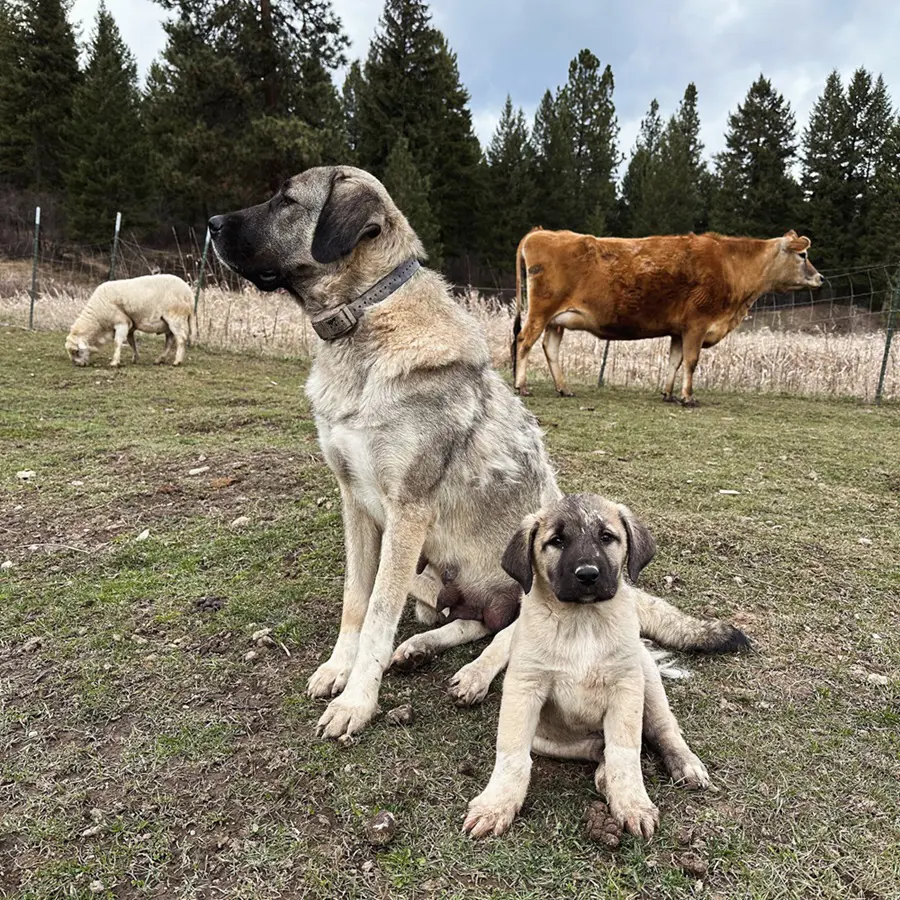
It's best to get a Kangal Shepherd puppy from responsible breeders. Only a reputable breeder can provide healthy and well-socialized pups. The perfect thing to do is to ask for breeder recommendations from the Kangal Dog Club of America (KDCA) or your local veterinarian.
Kangal shepherd puppies can also be found in rescue organizations. They end up there for a variety of reasons. Kangal Dog Rescue Project can help you find a rescued one!
Whatever option you choose to adopt a Kangal pup, make sure to ask for their health history and once you bring them home, start early socialization and training.
Are Kangal Shepherds Family Dogs?
Though Kangal Shepherds are primarily livestock guardian dogs, they can also make family dogs if properly trained and socialized during their early life. Being a large breed, people often think these shepherds can cause harm.
But despite their protective instincts and large and muscular size, they can be gentle and affectionate with their families. They make perfect pets for rural or semi-rural environments where they can fulfill their guarding role effectively.
In instances where you have kids in your home, petting Kangal Shepherds comes with extra effort. These dogs should be taught early how to interact gently with children.
Consistent training should be made available in order to teach them appropriate behavior around children and to understand boundaries.
Can Kangal Shepherds Coexist With Other Pets?
The guarding instincts can make Kangal Shepherds not too friendly with other pets. They may see unfamiliar animals as potential threats. As a result, they may get wary of other pets that come near their boundary and show signs of aggression like barking, growling, or even physical confrontation.
If Kangal Shepherds have been properly trained they make comfortable with other pets as well. But their big size can be a little intimidating to smaller pets like cats and other smaller dogs.
The higher prey drive of Kangal toward small animals can also be a potential threat factor. Overall, Kangal Shepherds can potentially get along with other pets. However, if supervision and socialization are not looked upon, their reactions may not be positive.
Caring and Grooming
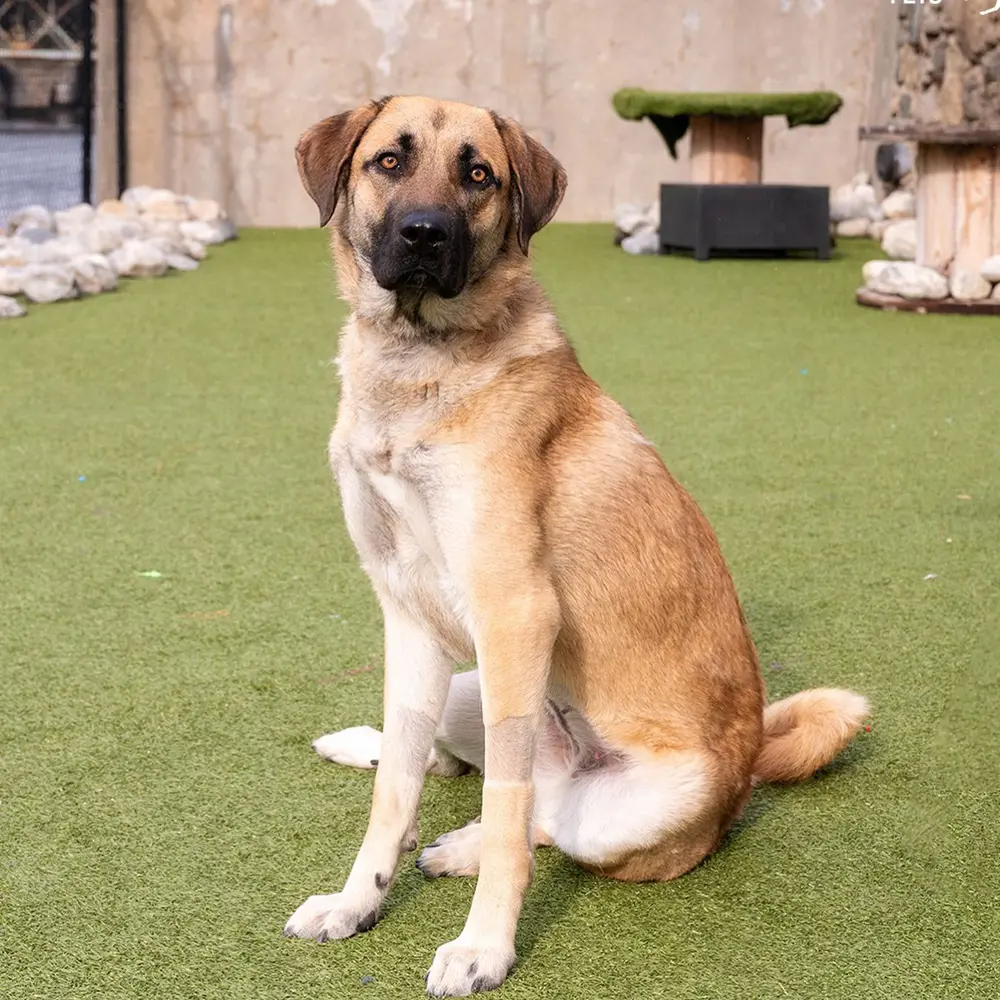
For caring and grooming Kangal Shepherds, here are some tips:
Grooming
Coat Maintenance: Kangal shepherds have a short to medium-length double coat. The coat sheds seasonally mainly during the spring and fall. To manage this, regular brushing is a must, especially during the shedding season. A de-shedding tool or a slicker brush will be perfect to remove the loose hair.
Bathing: These breeds hardly need a bath. They don't get dirty often, so you can bathe them only on requirement. A dog-specific shampoo should be used to protect their coat from drying and shedding.
Other Grooming Needs: Except healthy coat and clean body, any dog including Kangal should get proper maintenance of their nails and other body parts. Look after their nails and make sure to trim them to prevent discomfort. Also, regularly check their ears for signs of infection and clean them by removing the buildup wax.
Exercise
Being a highly active breed, Kangal shepherds need daily exercise. Brisk walks, jogging or involving them in any kind of play can make them happy and fueled up.
At least provide them with 30 to 60 minutes of exercise and make sure they roam only in a protected area. If they are left free, without guidance, then their guarding instinct may show up on perceiving potential threats. Be mindful not to overexercise them either, mainly during the hot weather conditions.
Training
Early socialization is the key to raising a well-behaved adult Kangal. As they are intelligent, they can learn fast and respond efficiently when they are treated for their achievements. Treats, praise, and patience are necessary to constantly motivate them for the training sessions.
The main thing to consider while training them is channeling their guardian instinct, as it is what they are made of! Train them to differentiate between normal situations and actual threats to avoid overprotective behavior.
Dietary Requirements
Kangal shepherds are big, muscular and active. So, their diet must support their daily requirements. Here are some key considerations for their diet:
High-Protein: These dogs benefit from a diet rich in high-quality animal protein. This supports the formation and functioning of their muscular tissue. Include dog foods in their diet where the primary ingredient is meat, poultry, or fish.
Moderate Fat: They require moderate levels of fat for energy, skin health, and coat condition. Avoid excessive fat content, to prevent excessive fat gain.
Balanced Nutrition: Make sure they also get a balanced ratio of carbohydrates, vitamins, and minerals. There are commercial foods available in the market formulated for large or giant breeds that often provide these balanced nutrients.
THINGS TO CONSIDER
- Consider foods with added glucosamine and chondroitin sulfate to support joint health.
- Monitor their food intake and adjust portions as they have a high tendency to gain weight.
- Always provide access to fresh, clean water throughout the day to keep them hydrated. Being large breeds, they have high water needs.
- Establish a consistent feeding schedule and avoid feeding large meals all at once. Divide their daily food intake into two or three meals.
- For puppies, choose a premium puppy food specifically formulated for large or giant breed puppies. Such premium foods have minerals like calcium and phosphorus that support the growth of the pups. Also, accommodate the feeding schedule, and increase the feeding time to four times a day when they are young. Gradually, you can reduce the feeding time to two to three times when they grow older.
Potential Health Issues
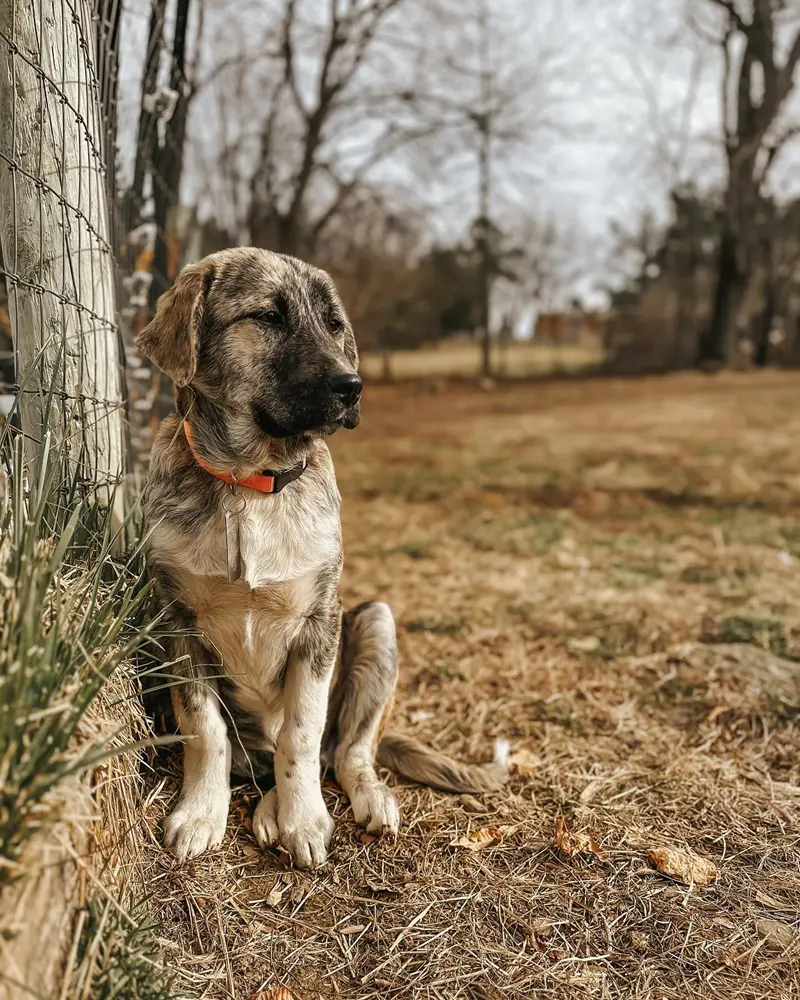
While Kangal Shepherds are generally known for their robust health, there are a few potential health issues to be aware of:
- Ear Infection: Ear infection is commonly caused due to bacteria or allergies. As a result, the ears appear red and may swell in certain cases.
- Eye Problem: They generally suffer from an eye condition known as entropion. Entropion is the eyelid abnormality that causes the eyelid to fold inwards, irritating the eye.
- Hip and Elbow Dysplasia: These conditions affect the joints. Hip dysplasia is common in giant breeds which makes their movements difficult. Elbow dysplasia can cause pain and lameness of the elbow joints.
- Bloat (Gastric dilatation-volvulus): This is a life-threatening condition. This health issue arises when the stomach twists and traps gas. Symptoms include a distended abdomen, excessive drooling, and restlessness.
- Lipoma: Lipomas are benign fatty tumors that typically grow under the skin.
To maintain the health of Kangal shepherds, it's essential to be aware of the potential health issues that may arise and take proactive steps like regular veterinary care to avoid such issues.
Facts About Kangal Shepherds
- They are Bite Force Champions. They hold the crown for having the strongest bite force of any dog breed, which gives them the power to deter predators.
- They were originally bred in the Anatolian region of Turkey to guard livestock from dangerous predators like wolves and bears.
- They are gentle giants with brains. They have their own way of thinking and making decisions.
Male Vs Female
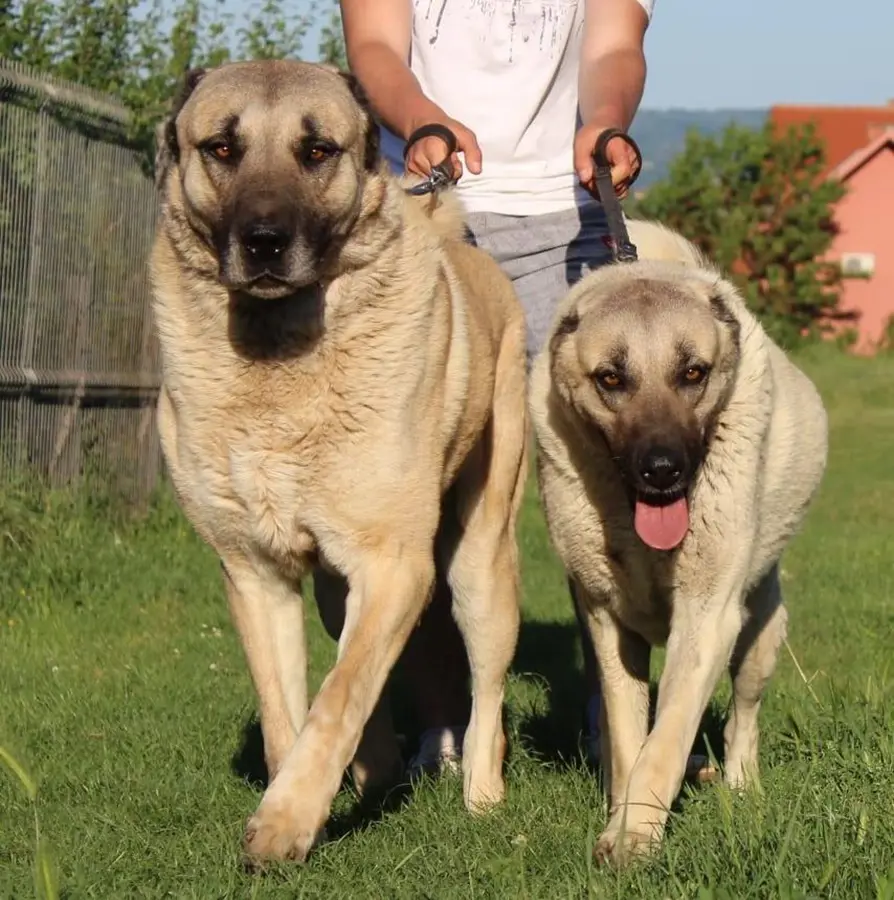
Both male and female Kangal shepherds are large and robust. However there is a size difference, females are typically smaller than males. Males are 20 to 25 pound heavier than the females and also are slightly taller than the females. They have broader heads and necks and are more muscular.
Males and females are equally loyal, intelligent and protective. The temperament however varies. Males are more dominant and exhibit territorial behavior. They are also more reactive towards other pets in the family. Females on the other hand are more independent-minded. Males are on the affectionate/ playful side.
The daily diet requirement and exercise are similar. Upon proper training and early socialization, both genders can make a proper pet dog.
Top Lists
